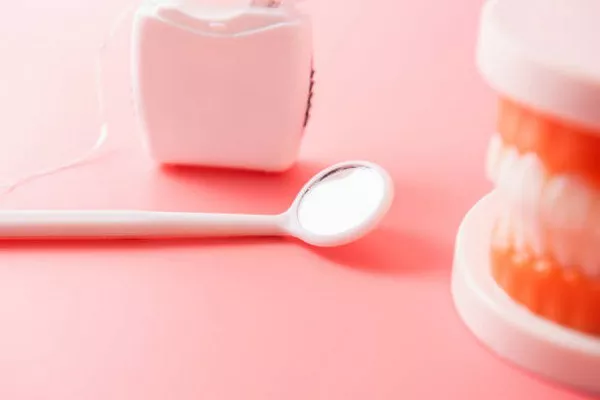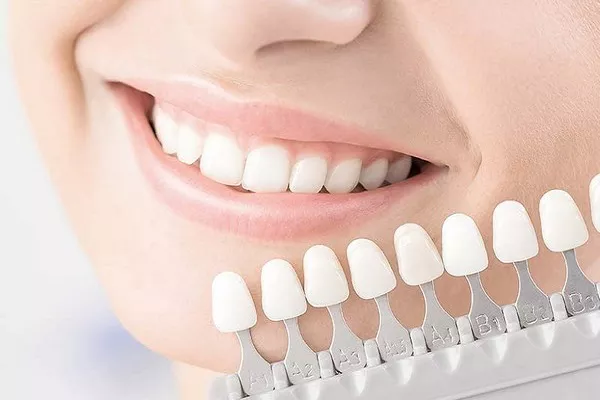In the world of modern dentistry, the use of sedative fillings has become a game-changer for patients who experience dental anxiety or require extensive dental procedures. This article will delve into the details of sedative fillings and answer the burning question, “How long does a sedative filling last?” We’ll explore the factors affecting its duration and how to prolong the effects, ensuring a comfortable and stress-free dental experience.
1. Understanding Sedative Fillings
Sedative fillings are an integral part of dental procedures, primarily used to alleviate dental anxiety and ensure a pain-free experience for patients. These fillings contain medications such as benzodiazepines, which induce relaxation and reduce anxiety during dental treatments. They can be administered orally or intravenously, depending on the patient’s needs and the complexity of the procedure.
2. Factors Affecting the Duration of Sedative Fillings
The duration of sedative fillings varies from person to person and depends on several factors:
a. Type of Sedative Used
The choice of sedative plays a significant role in determining how long its effects last. Short-acting sedatives, like midazolam, have a shorter duration, typically ranging from 2 to 4 hours. In contrast, long-acting sedatives, such as diazepam, can last up to 24 hours. Dentists tailor the sedative to the patient’s needs and the length of the dental procedure.
b. Dosage and Administration
The dosage and the way the sedative is administered can impact its duration. Higher doses tend to last longer but may also have a stronger sedative effect. Intravenous sedation often results in a more rapid onset and a shorter duration compared to oral sedation.
c. Individual Metabolism
Each individual’s metabolism varies, affecting how quickly their body processes and eliminates the sedative medication. Factors like age, weight, and overall health can influence the metabolism of the sedative and, consequently, its duration.
3. Prolonging the Effects of Sedative Fillings
If you’re concerned about the duration of your sedative filling, there are steps you can take to prolong its effects:
a. Follow Your Dentist’s Recommendations
Your dentist will provide you with specific guidelines on when and what you can eat or drink before the procedure. Following these instructions will help maintain the sedative’s effectiveness.
b. Adequate Rest
Ensure you get a good night’s sleep before your dental appointment. Being well-rested can help extend the sedative’s duration.
c. Relaxation Techniques
Practicing relaxation techniques like deep breathing or meditation before and during the procedure can enhance the sedative’s effectiveness.
d. Hydration and Nutrition
Staying hydrated and having a light meal before your dental appointment can aid in prolonging the sedative’s effects.
4. The Importance of Dental Sedation
Dental sedation not only benefits patients by reducing anxiety and discomfort but also holds significance for dentists. It enables them to perform intricate and lengthy procedures with precision while ensuring the patient’s well-being throughout.
5. Addressing Dental Anxiety
Dental anxiety is a common issue that prevents many individuals from seeking the dental care they need. Sedative fillings have proven to be an effective solution for overcoming this fear, enabling patients to receive the necessary treatments without emotional distress.
According to a survey conducted by the American Dental Association, 15% of the American population avoids seeing a dentist due to dental anxiety. Sedative fillings have helped reduce this statistic significantly, as patients can now comfortably undergo various dental procedures.
6. Conclusion
In conclusion, the duration of a sedative filling depends on several factors, including the type of sedative, dosage, and individual metabolism. While it may vary from person to person, you can prolong its effects by following your dentist’s recommendations, ensuring proper rest, practicing relaxation techniques, and maintaining hydration and nutrition.
Sedative fillings have revolutionized the dental experience for those with dental anxiety and those requiring extensive procedures. They allow patients to relax and receive treatment in a comfortable environment, while also facilitating dentists in performing complex treatments.
So, if you’re anxious about your next dental appointment, remember that sedative fillings can provide the calm and comfort you need. Consult with your dentist to determine the most suitable sedation option for your specific needs, ensuring a stress-free and pain-free dental experience.
Related Links:
How does invisible aligners work?
How to fix overbite teeth at home?
Why do my teeth click when i push on them?





























